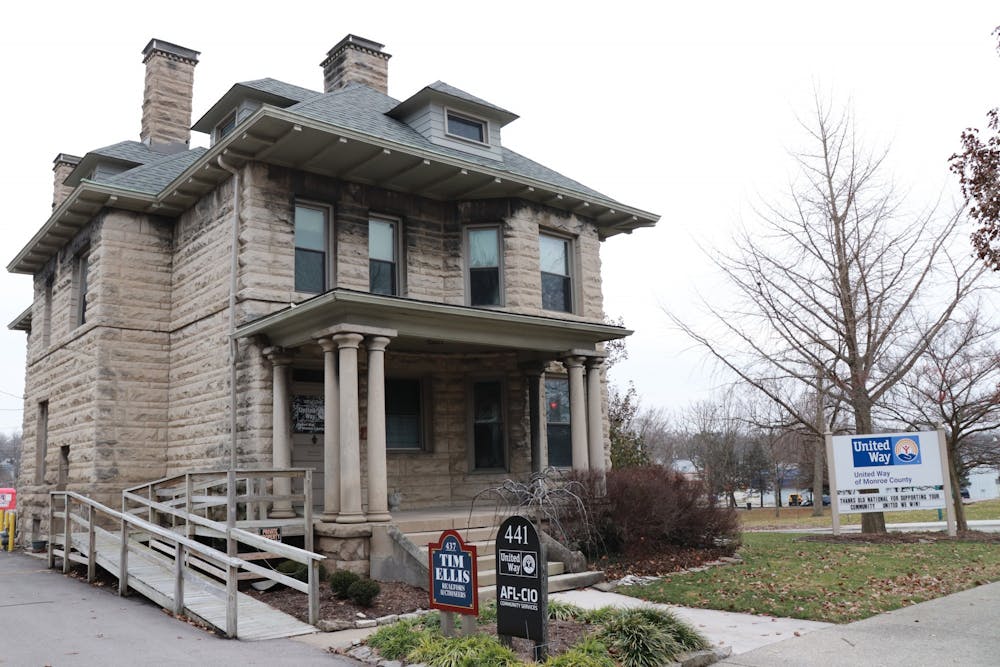The 2023 ALICE report released in April 2023 showed the cost of living in Indiana counties increased after the pandemic hit.
ALICE — which stands for asset-limited, income-constrained, employed — refers to households that earn above the federal poverty level but cannot afford the basic cost of living in their county, according to the Indiana United Ways website.
Out of the 2.7 million households in Indiana, 1,035,333 — or 39% — had an income below the ALICE Threshold of Financial Survival in 2021, according to the 2023 ALICE Report. From 2019 to 2021, the total number of households in Indiana increased by 3% while the number of households below the ALICE Threshold increased by 6%.
According to the 2023 Monroe County ALICE Report, 24% of Monroe County households are ALICE – asset-limited, income-constrained, employed – households and 23% of households in Monroe County are in poverty. In 2021, household costs such as rent, utilities, food and technologies in Monroe County were above the Federal Poverty Level, according to the report.
[Related: UPDATE: The quest for cheap housing: candidates offer visions of an affordable Bloomington]
Maintaining affordable housing in Bloomington has become a priority for government officials in recent years. In January, every candidate for mayor of Bloomington listed affordable housing as a priority for their future campaigns. Additionally, John Zody, Bloomington’s director of Housing and Neighborhood Development, said in an IDS article the city’s approach to affordable housing can be divided into addressing housing insecurity, rental housing and homeownership.
As concerns regarding affordable housing in Bloomington strengthened this spring, the Indiana Graduate Workers Coalition United Electric Workers submitted a COLA petition to the IU administration asking for an 8% increase on salary, according to a press release. COLA stands for a cost-of-living adjustment which is an increase in benefits or salaries to counteract inflation.
At a Bloomington City Council meeting in April, IU Provost Rahul Shrivastav said he did not support the proposed raise due to its potential cost to administration. Shrivastav said the 8% increase would cost the university $200 million and would require tuition to rise 12%.
The report also found 58% of Black and 49% of Hispanic households were below the ALICE Threshold in Indiana in 2021 while 36% of both White and Asian households were below the threshold.
[Related: City council approves joint Human Rights Commission with the county]
The number of households below the ALICE threshold for financial survival increased from 941,166 households in 2019 to more than one million in 2021, reflecting an increase following the COVID-19 pandemic.
In Indiana, the household survival budget varies from $22,680 to $31,644 per year for a single adult household and from $53,028 to $76,608 per year for a family of four, according to the Indiana United Ways website.
The federal poverty level is the amount of income a household earns. The Indiana state government maintains a chart on their website for residents to review their eligibility for the Healthy Indiana Plan, Indiana’s consumer-driven health coverage program for non-disabled residents between the ages of 19 to 64, according to the Indiana State Government website.
Researchers and experts from Purdue University, Purpose of Life Ministries, the Public Policy Institute of the O’Neill School of Public and Environmental Affairs at IU Bloomington, Indiana Family and Social Services Administration, Black Onyx Management and local United Ways worked together to create the ALICE Report.




